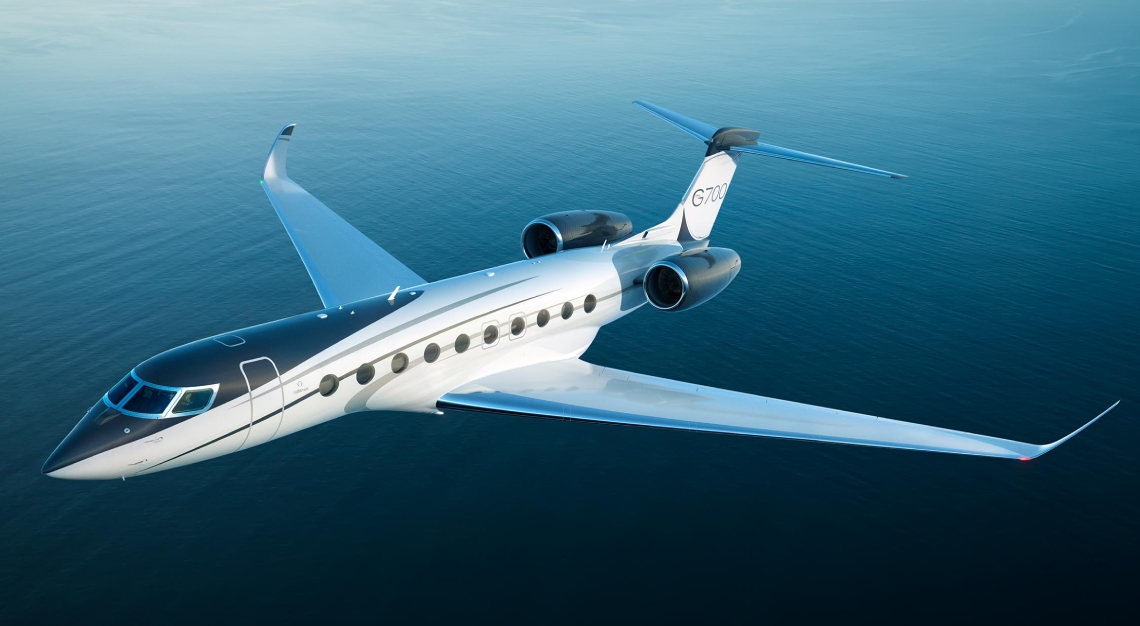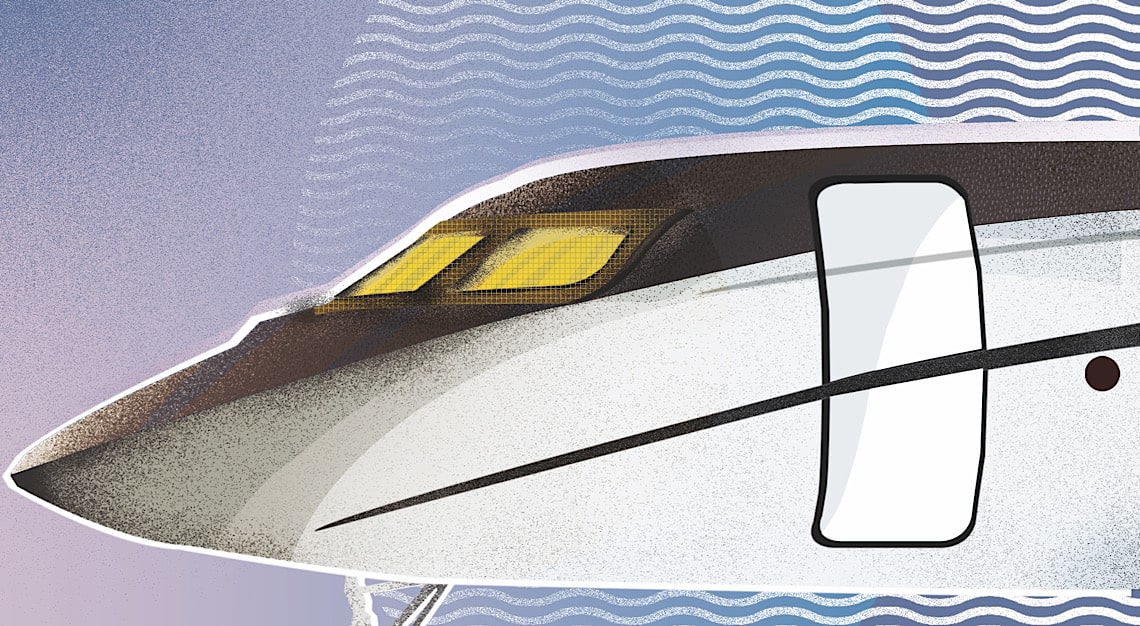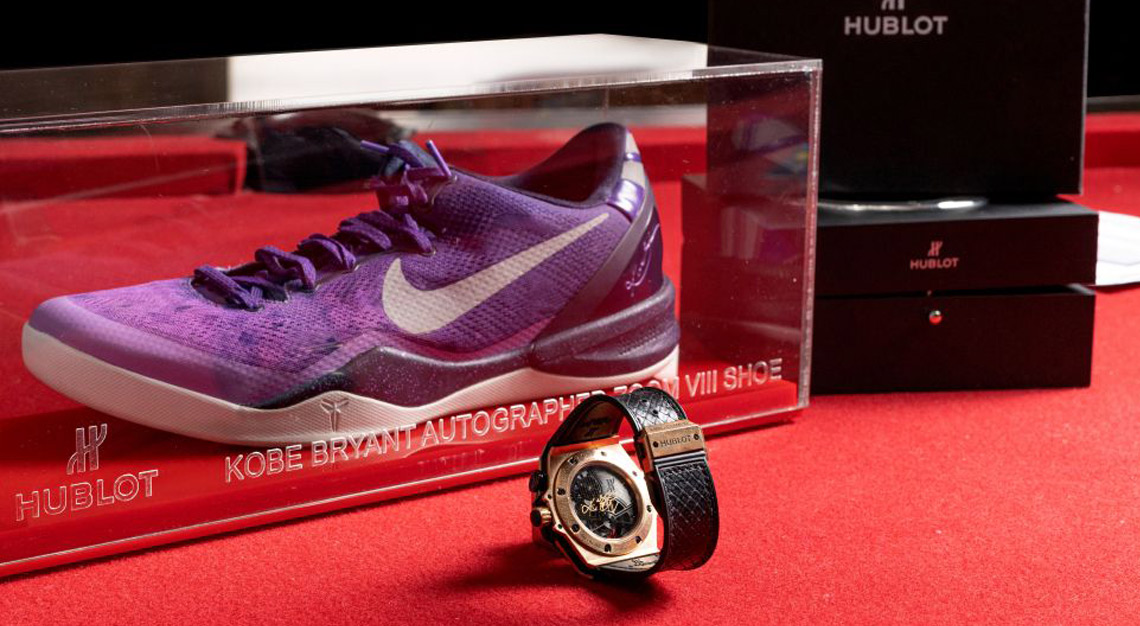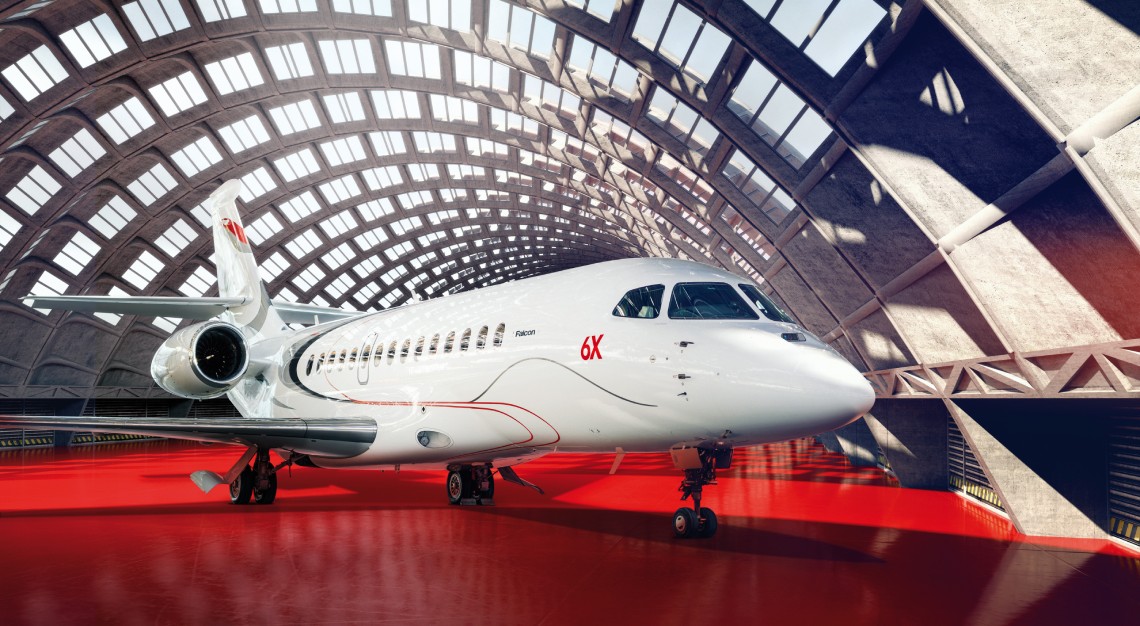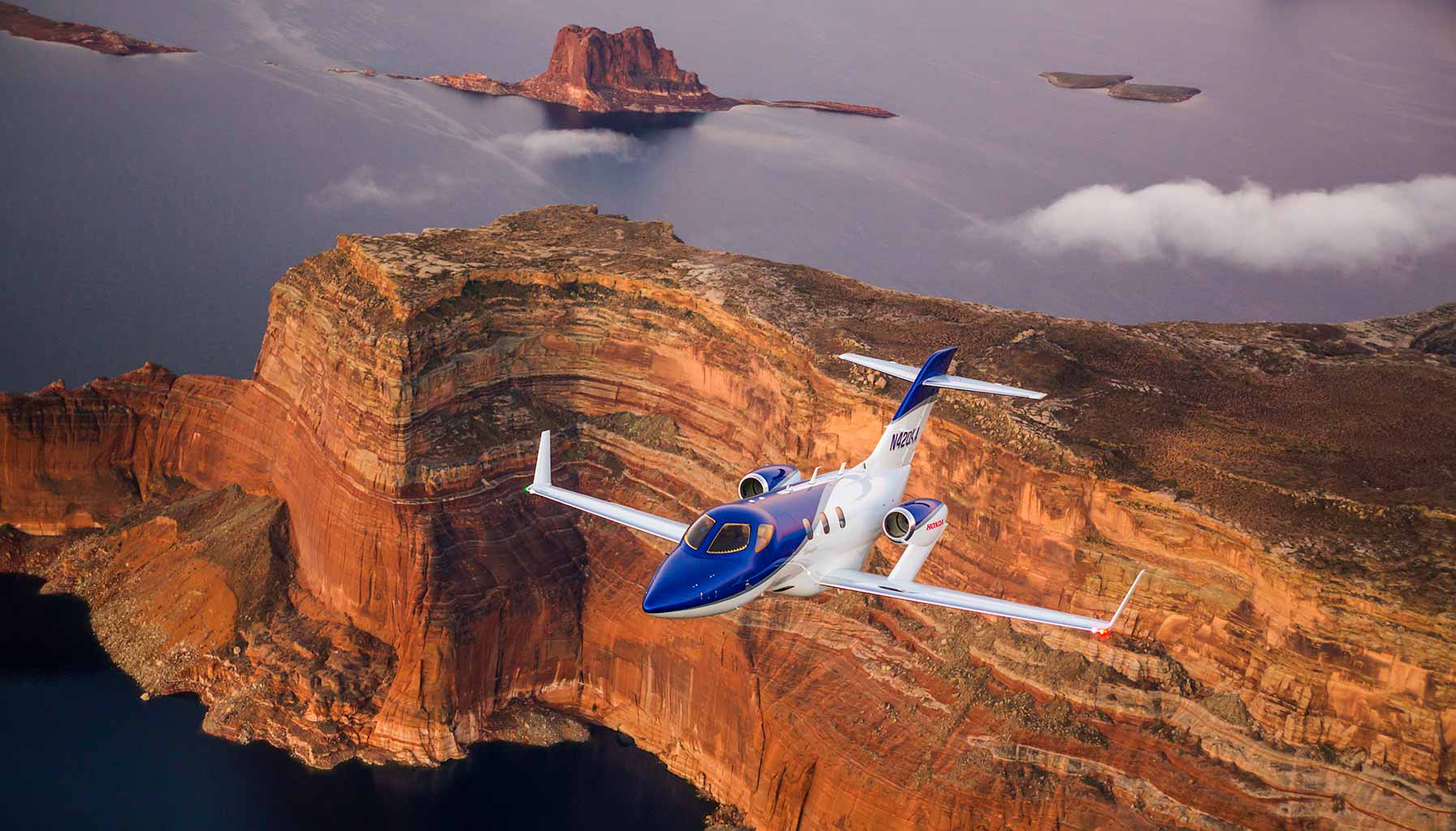From NetJets to VistaJet, private aviation companies are offering new pet programmes to accommodate the increase in furry travellers
Private-jet travel is witnessing a surge in new clients. “People are traveling for longer periods of time and often to a second home,” says Lezlea List, executive vice president of sales at XO, a Fort Lauderdale-based charter and membership firm. “Many times, they bring along pets.”
Aerial Jets recently booked a charter on a Gulfstream IVSP, a transatlantic business jet capable of accommodating up to 16 passengers, so a client could fly his dog from Miami to meet him in New York. Such stories are becoming increasingly common, with data from two of the largest aviation firms giving a sense of the boom: NetJets, which hosted 20,000 pets in 2019, welcomed 4,000 more pets on fewer flights in 2020, while VistaJet reports an 86 per cent jump in pet travel from September 2019 through September 2021. The company’s pet-passenger manifest is mostly dogs but also includes birds and even rabbits; cat travel, meanwhile, rose 357 per cent from 2019 to 2020.
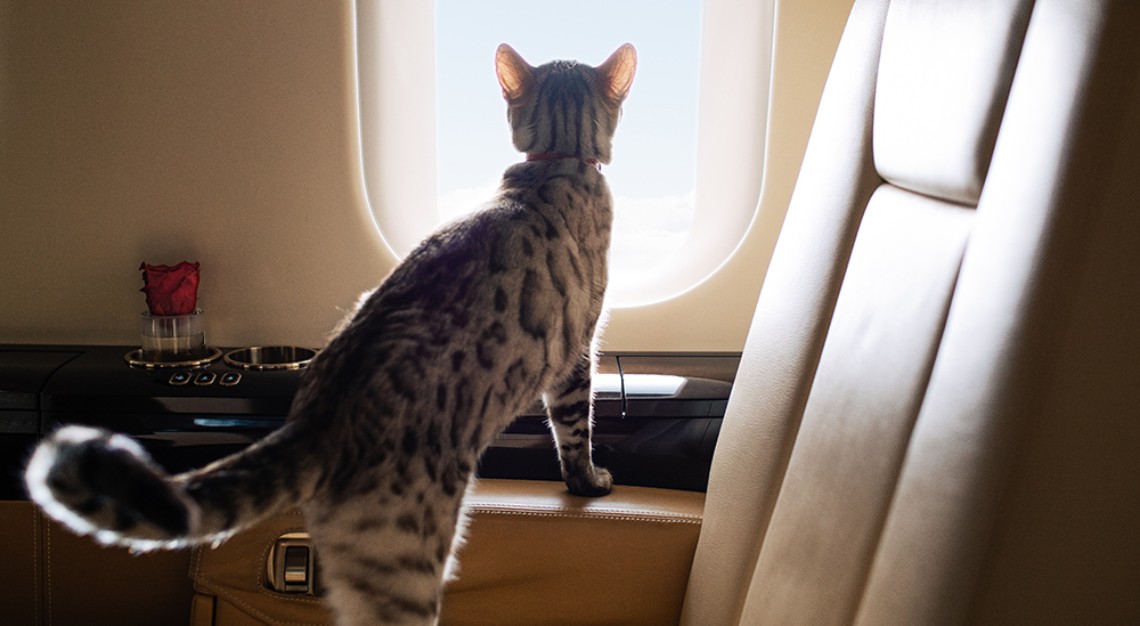
Operators are leaning in with new programmes and promotions. Most business jets accept pets on board and the charter company may even assist with logistics, though some aircraft owners who list their planes for charter may charge a fee or even opt out.
“It varies,” says Joel Fenn, president of Miami-based Air Charter Service. “It can be a flat fee or up to a few hundred dollars, while some only charge for special cleaning needs.”
And there are other restrictions. XO considers the animal’s weight, with any pet over 35 pounds requiring its own seat (and ticket) for takeoff and landing. Certain breeds have to wear muzzles, and all dogs and cats must be fully vaccinated, with vet records. NetJets and VistaJet provide services ranging from organic treats to post-travel sanitising. NetJets’ new NetPets Instagram feed, featuring pictures of animals in flight, has added momentum to the pets-on-board trend.
“Showing pictures of dogs on planes makes a difference,” says Fenn. “It’s something people didn’t realise they could do until they saw it.” VistaJet has expanded its VistaPets programme to include training for more than 200 in-cabin personnel in pet first-aid and animal behaviour. That’s in addition to partnerships with pet-friendly hotels and transport companies, handmade sleep mats, toys and – yes, really – a four-week “fear of flying” course that helps nervous furry loved ones acclimate to air travel.
But, as with human travellers, it pays to make sure your plane matches your pets’ needs. “Owners also have to be specific about the type of aircraft they choose,” List says. “For instance, the Challenger 300 has a flat floor, so it’s great for big dogs to lie down.”
This story was first published on Robb Report USA

